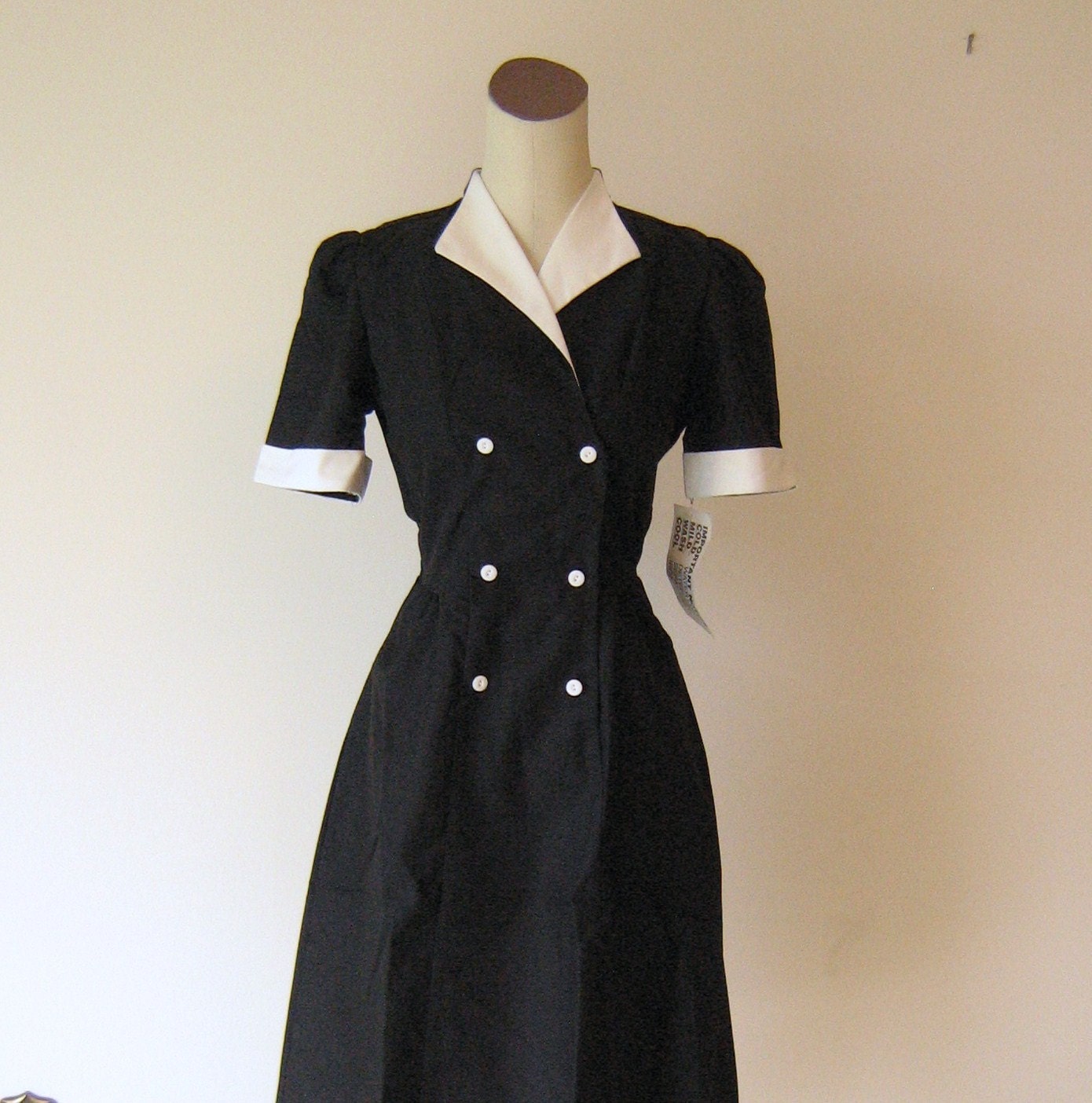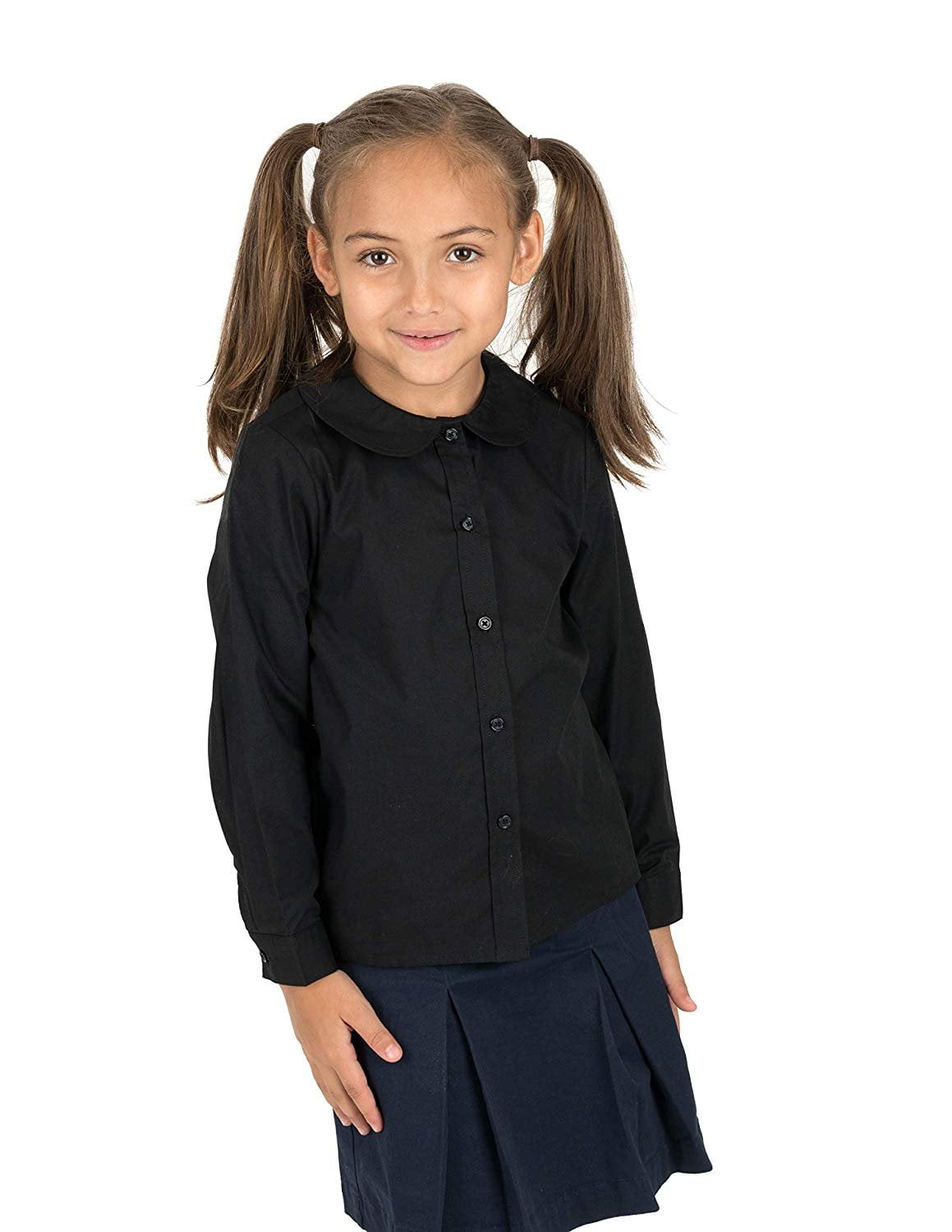Table of Content
- MYSELF BELTS - Genuine Leather Easy Velcro Belt with Faux Buckle - Black/Brown
- UNITED STATES ARMY SPECIAL FORCES GREEN BERET 5TH SFGA BERET FLASH HAT SIZE L
- Brown Original Dated Soviet Russian Army Uniform Belt Buckle New (41,3"/105 cm)
- WWII WW2 Nurse uniform grey dress, white apron, black belt, hat, size 4-30
- Vintage US Navy Uniform Jacket Black Wool Dress 1970s USN Operations Specialist - Size 38 L

The most significant rank change was the creation of an actual rank of Reichsführer-SS to denote the commander of the SS. Prior to 1934, Himmler had been regarded simply as an SS-Obergruppenführer. Reichsführer was merely a title and not a rank prior to 1934, though Himmler preferred to use his title more than his rank. In addition to Himmler’s new rank, several of the original SS rank titles were renamed , bringing about the final nomenclature of SS ranks which would be used until the SS was disbanded at the end of World War II.
The Royal Bermuda Regiment, which has many ceremonial duties, issued No. 3 Dress as a summer uniform until the end of the millennium, wearing No. 1 Dress during the rest of the year due to the cold and often stormy weather. As most of its public ceremonial duties fall during the summer months, it now wears No. 3 Dress year-round, with No. 1 Dress worn only as authorized by the Commanding Officer. Regimental distinctions worn on No.2 dress can include collar badges , coloured lanyards worn on the shoulder, arm badges, and unusually for the Educational and Training Services Branch blue socks are worn. Full dress is still regularly worn on ceremonial occasions by the Foot Guards, the Household Cavalry and the King's Troop, Royal Horse Artillery.
MYSELF BELTS - Genuine Leather Easy Velcro Belt with Faux Buckle - Black/Brown
Summer mess dress (No. 2A) is similar except that a white jacket with rank insignia on navy blue shoulder boards is worn, and either the waistcoat or cumberbund is worn. Mess dress uniform is the most formal (or semi-formal, depending on the country) type of uniforms used by military personnel, police personnel, and other uniformed services members. It frequently consists of a mess jacket, trousers, white dress shirt and a black bow tie, along with orders and medals insignia.
In 1928, wearing of the full range of blue dress uniforms was authorized for all ranks, but only when off duty, and at the expense of the individual. In practice, this meant that only the pre-1917 mess uniform, and to a lesser extent the special evening wear, reappeared in significant numbers. Officers of the rank of captain and above wear gold-laced trousers (the gold lace stripes are nicknamed "lightning conductors"), and may wear the undress tailcoat , with either mess dress or mess undress. The undress tailcoat is so named to distinguish it from the full dress tailcoat that was worn during the day with full dress (No. 1), which is worn in a modified form by admirals today as ceremonial day dress.
UNITED STATES ARMY SPECIAL FORCES GREEN BERET 5TH SFGA BERET FLASH HAT SIZE L
Officers of the Foot Guards, Royal Engineers, the Parachute Regiment, the Royal Army Medical Corps, and the Royal Regiment of Scotland amongst others still wear the infantry style of jacket. Mess uniforms first appeared in the British Army in about 1845, initially utilizing the short "shell jacket" worn since 1831. This working jacket was worn open over a regimental waistcoat for evening dress.
Army reserve regiments are authorized to wear mess dress that is distinctive to the regiment and which can consist of jackets of different cuts and colours, rather than the standard pattern mess dress. Authorized summer dress (No. 2A), consisting of the white jacket in lieu of scarlet, varies from regiment to regiment, but typically is not authorized for NCMs below the rank of Warrant Officer. The colours of mess jackets and trousers reflect those of the traditional full dress uniforms of the regiments in question, as worn until at least 1914. Jackets are, therefore, usually scarlet, dark blue, or rifle green, with collars, cuffs, waistcoats, or lapels in the former facing colours of the regiments in question. In the case of those regiments which have undergone amalgamation, features of the former uniforms are often combined.
Brown Original Dated Soviet Russian Army Uniform Belt Buckle New (41,3"/105 cm)
While the unit collar patch displayed the wearer's Standarte number, the number denoted on the cuffband indicated the Sturm, or company, while collared piping along the cuffband further denoted in which battalion a member served. For the lower ranks, the SS also specified that a patch showing the wearer's regiment would be worn opposite the badge of rank while the higher SS leaders would continue to wear oakleaf insignia on both collars. Collar tabs below the rank of Sturmführer were edged in black-and-white twist cord; those of Sturm and Sturmbann leaders used black-and-silver while those of senior leaders were edged in solid silver cord. If you’re searching for smart and stylish dresses ideal for reception and secretarial roles, here at Simon Jersey, you can find all you need.

Royal Bermuda Regiment Bandsmen in No.1 uniform with red facings. Full Dress of the Royal Horse Artillery, as worn by King's Troop. Full Dress of the Princess of Wales' Royal Regiment, as worn by the Regimental band.
PCS-CU is designed to be lightweight, yet durable enough to be used throughout rigorous activities soldiers find themselves performing, and with the idea that layers of clothing are warmer and more flexible than a single thick layer. The PCS-CU jacket is always worn loose, with sleeves rolled down; however, an MTP pattern shirt was introduced in 2015 and this may be worn during the Summer months tucked into the trousers with sleeves rolled up. While the shirt may be worn during the winter months, it is always worn with the sleeves rolled down. Every regular army soldier is issued with one suit of No.2 dress. In general, issue of this order of dress to units of the Army Reserves is to all officers and SNCOs with pools of khaki uniforms being held by units for use by corporals and below. Full Dress uniforms are worn for ceremonies such as changes of command, retirements, commissionings and decommissionings, funerals, weddings, or when otherwise appropriate.

Cavalry regiments wear shoulder chains in place of shoulder straps. The Royal Regiment of Scotland wears a short jacket called a "doublet", in Archer Green. Prior to amalgamation, Highland regiments wore the doublet with the kilt and sporran while Lowland regiments wore trews, both in the individual regiment's tartan. Not all full-dress uniforms are scarlet; light cavalry regiments and the Royal Artillery have worn blue since the 18th century, while rifle regiments wear green. The seven support corps and departments in existence in 1914 all wore dark blue dress uniforms, with different coloured facings.




